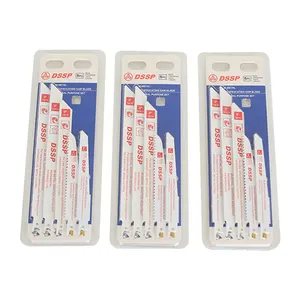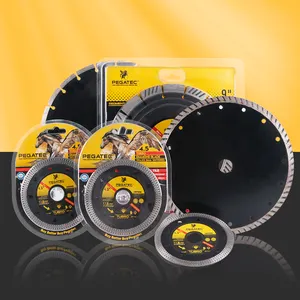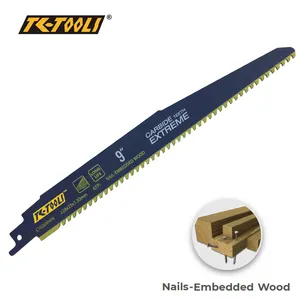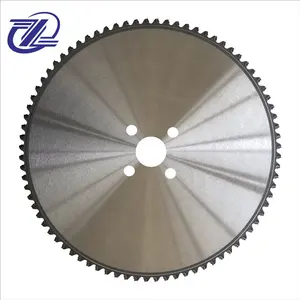A reciprocating saw blade is a crucial component of any cutting tool. It is this blade that enables the tool to execute the cutting tasks with ease and precision. A deeper understanding of these blades, their types, materials, and features can help in choosing the right blade for the right job.
Types of reciprocating saw blades
Different types of reciprocating saw blades are designed to cut various materials. For instance, Milwaukee reciprocating saw blades and Makita reciprocating saw blades are two types that are renowned for their robustness and versatility. Another popular type is the Milwaukee Sawzall blades, designed for their unique 'orbital' cutting action. The blades vary in terms of their teeth per inch (TPI), length, and width, which dictate their cutting ability.
Materials used in reciprocating saw blades
The material of a reciprocating saw blade plays a significant role in its durability and cutting power. Some blades are made from high-carbon steel, high-speed steel, or bi-metal. High-carbon steel blades are flexible and great for cutting wood. Conversely, high-speed steel blades are harder and more heat-resistant, making them ideal for metal cutting. Bi-metal blades such as metal cutting Sawzall blades, which combine the flexibility of high-carbon steel with the durability of high-speed steel, offer both worlds.
Features and applications of reciprocating saw blades
The features of reciprocating saw blades largely dictate their cutting abilities. Blades with a higher TPI offer a smoother but slower cut, suitable for metal or hardwood. On the other hand, blades with a lower TPI cut faster but rougher, making them suitable for softer materials like wood or plastic. Other features, such as the blade's length and width, also impact its flexibility and cutting capacity. For instance, Milwaukee hackzall blades are shorter, which makes them ideal for tight spaces. Reciprocating saw blades find application in a wide range of industries. From construction and demolition to plumbing and electrical installations, these blades come in handy for a variety of tasks. Blades like the Milwaukee torch blade are known for their extraordinary durability and cutting prowess, making them suitable for heavy-duty applications.
The Milwaukee reciprocating saw offers significant advantages, including its powerful motor, which ensures efficient and fast cutting through a variety of materials. Its durable design and robust construction make it suitable for heavy-duty tasks in both professional and DIY projects. The saw features ergonomic design elements, such as a comfortable grip and easy-to-use controls, reducing user fatigue during extended use. Additionally, its versatility, with features like adjustable speeds and a tool-less blade change system, makes it a highly adaptable tool for a wide range of cutting applications.
Reciprocating saw blades are a versatile tool in any toolkit. Understanding their types, materials, and features can help in choosing the right blade for the job. Whether it's the robust Milwaukee reciprocating saw blades or the versatile metal cutting Sawzall blades, each has a unique set of characteristics that cater to different cutting needs.












































 浙公网安备 33010002000092号
浙公网安备 33010002000092号 浙B2-20120091-4
浙B2-20120091-4